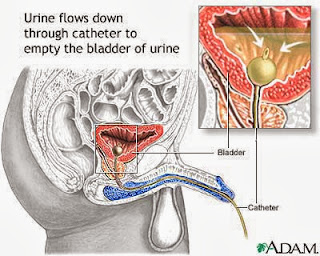BayCare Urology Associates
Welcome to the website for BayCare Urology Associates, P.A.
We hope that this site will be a resource to help you stay abreast of the latest developments in the management of urologic conditions, and to provide you with useful information about our physicians and our practice. Our stated mission is "providing our patients with the highest quality, comprehensive urological care in an environment fostering compassion and respect"
BayCare Urological Associates, P.A. was formed in July of 1997 through the consolidation of several established and highly respected urology practices in the Baltimore metropolitan area. Since then, we have grown further with the addition of three established practices in the community, and now include fourteen full-time urologists.






 Northwest Urology Center,
Northwest Urology Center,







